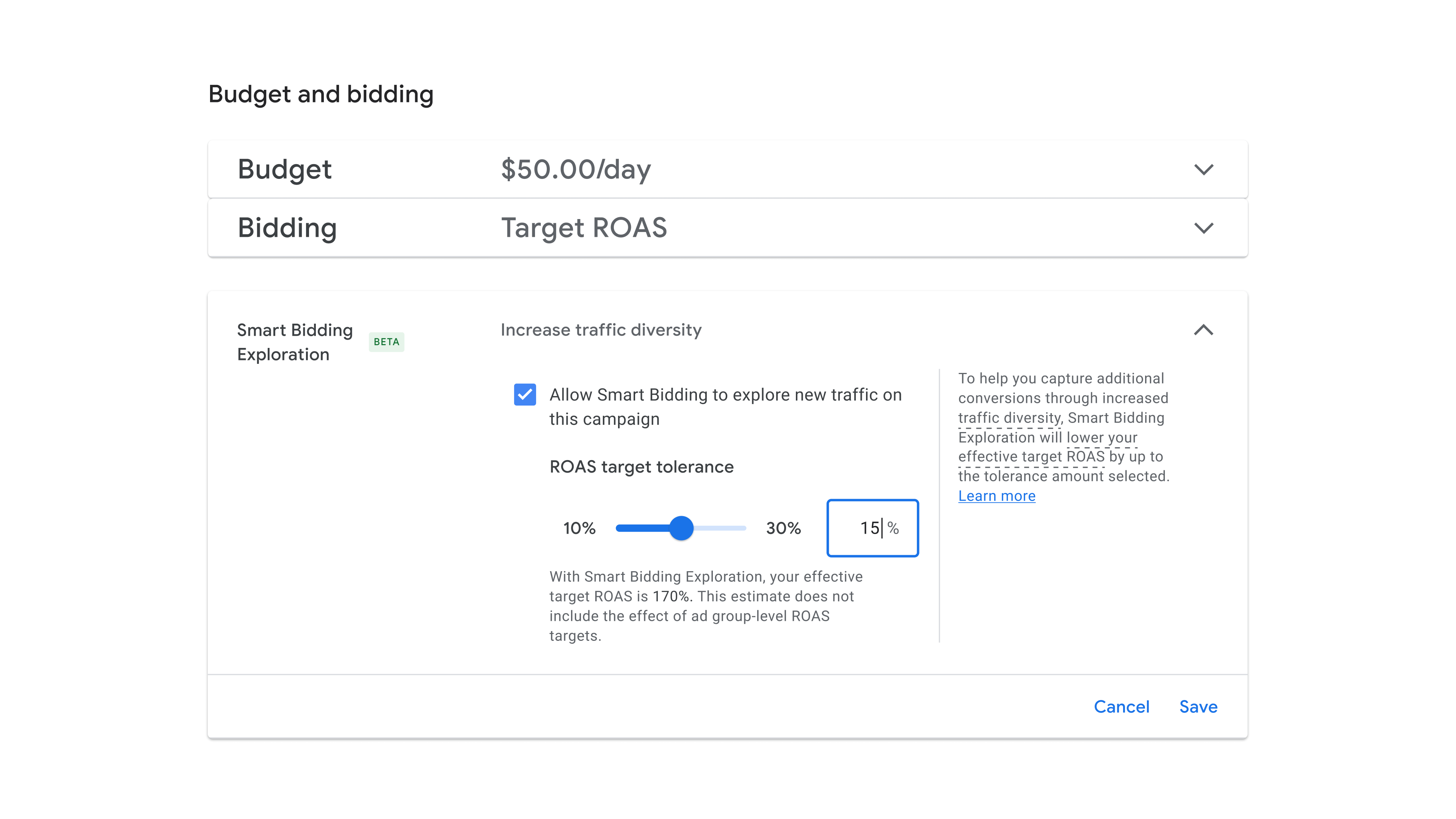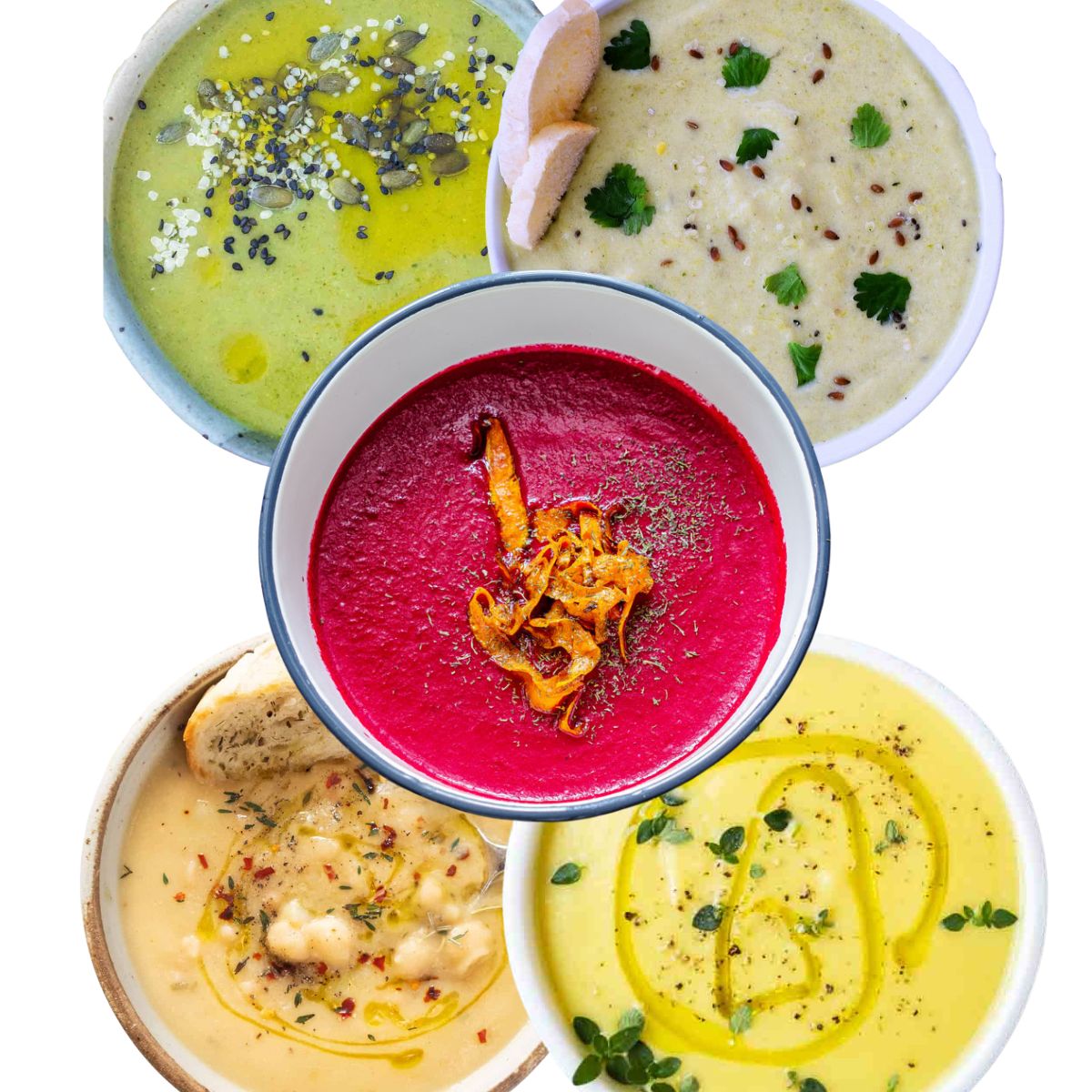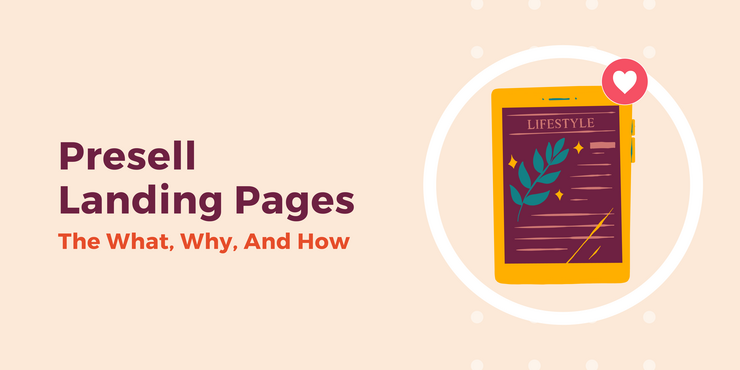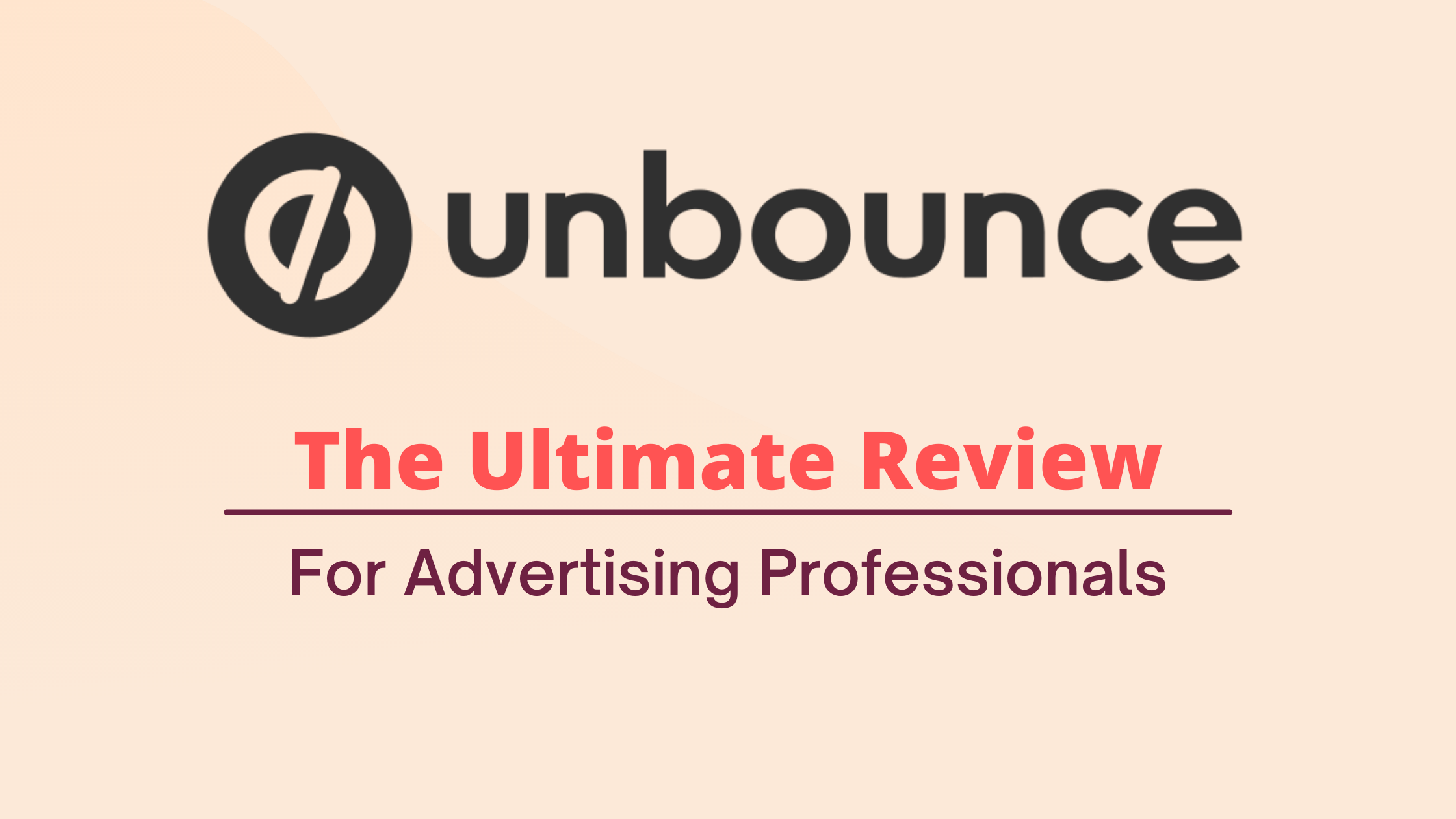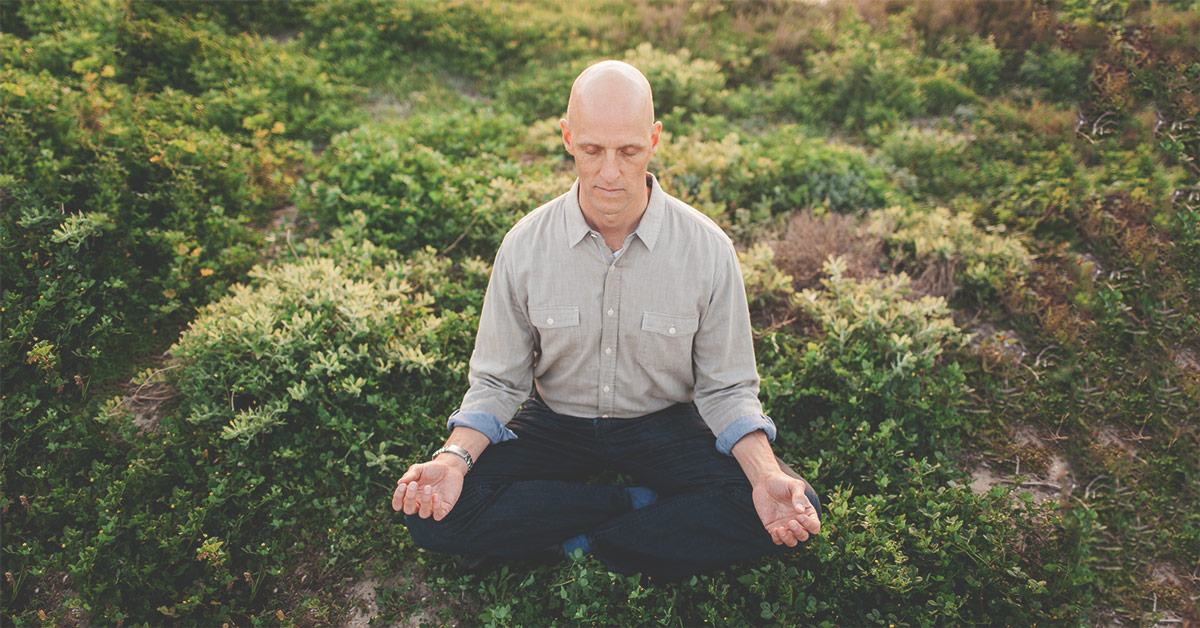5 Lessons Learned About Blogging After Biking From Canada to Mexico
As a writer for HubSpot, the most I thought I would use our product was creating marketing blog posts and measuring their performance over time. I never envisioned myself actually using a CMS to, well, you know, build a...
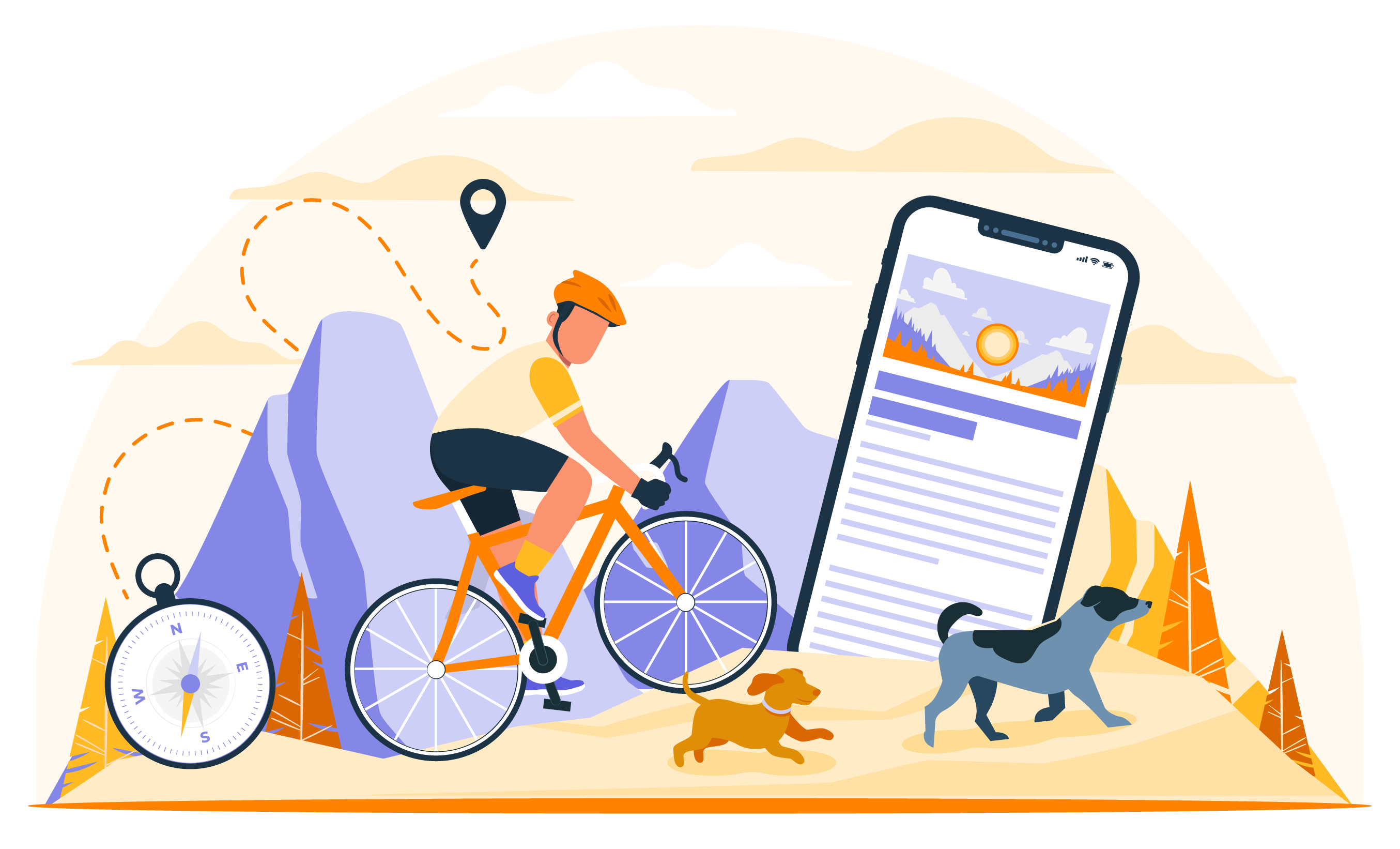
As a writer for HubSpot, the most I thought I would use our product was creating marketing blog posts and measuring their performance over time. I never envisioned myself actually using a CMS to, well, you know, build a website. But, that quickly changed in the Fall of 2022 when I created a blog that cataloged my journey down the Great Divide, a mountain bike trail that stretches from Canada to Mexico. Before I knew it, I was managing Pedaling4Pups.com and producing a handful of blog posts each week all while biking the 2700-mile trail. Even as a seasoned blogger, I was amazed at how much I learned about creating content — mostly when doing it on the go. Here's what publishing a blog post looks like when you're 12K feet above sea level: In this post, I wanted to share the lessons that I learned about content creation from my trip. Below are five tips you can use to create awesome content from the top of a mountain, on a sandy beach, or wherever inspiration hits you. If you’re just here for the tips, scroll on down to the next section for the good stuff — I promise I won’t hold it against you. If you’re curious about the blog that I created and are wondering how I managed to publish 2 posts per week all while biking through thousands of miles of remote wilderness, you’re in the right place. I had two goals when creating my blog. First, I wanted a way to easily share updates with friends and family. What better way to do that than with weekly blog posts accompanied by a recurring newsletter that readers could sign up for? The other goal was more personal. I wanted to use my platform to generate donations for a charity. Readers could follow my journey while simultaneously having the opportunity to donate to a cause that I was passionate about. This led to me to create Pedaling4Pups.com, a dog-centric blog that would not only follow my journey on the Great Divide but would also support an animal shelter in Ukraine. While on the trail, I wrote two posts per week all by writing and uploading content via my smartphone. When I was at my campsite, I would type up content in my Notes app, then upload it to the blog whenever I had the luxury of cell service. It was an awesome way to pass the time and I was shocked at how easy it was to pull off. With pre-made templates and themes, creating a website took no time at all, and writing and uploading posts on a phone is more efficient than you may think. Skeptical? I would be, too. It wasn’t always a downhill ride (bike pun intended) and I had to adapt my content creation skills to fit each situation I found myself in. Read on to learn about how I did it and what you can do for your website if you ever find yourself in a similar situation. Creating content on the go is easier than you think. If you have a smartphone or a tablet, you’re already halfway there. I used HubSpot on my phone, but you can use any blogging tool that offers a mobile CMS. Even if you just have a pen and paper, sitting in a tent in the middle of the woods, you can still come up with stories, lessons, or other pieces of interesting content that your audience will want to read. Just jot it down while it’s fresh in your mind then transfer it to your phone or laptop as soon as you get the chance. As for the actual creation part, you will still need a platform to post your content on as well as internet access so you can share it with the world. Some platforms to consider using while on the go: When it comes to uploading content, you might have to get a little creative as to when and where you’ll have internet access. Here are a few places to keep an eye out for if you’re in need of internet or cell phone charging while on the go: So, there you go. If I can find a way to upload a blog post here: Then I have the utmost confidence that you can upload your content anywhere, too. That’s right. Social media hasn’t stolen all of blogging’s thunder. Sure, you can post like-grabbing pics on Instagram, or shoot viral videos on Tik Tok, but you can’t replace the storytelling ability that a blog platform offers. Blogs are excellent spaces to share personal experiences, and you don’t have to be sponsored by a business to be a popular blogger, either. In fact, our research shows that nearly a quarter of all creator businesses do not yet generate income (mine for sure didn’t). That means you don’t need to be a business to drum up an audience for your website, you just need to create compelling content. Here are some tips for creating awesome content on the go: Before this trip, the most website-building experience I had was creating my bio on AOL Instant Messenger. I do know some coding, enough to know I know nothing about coding — certainly not enough to build a full-scale website. Fortunately, I had one thing going for me. I worked for a company that sells this website-building tool you might be familiar with. It’s called HubSpot, and like Squarespace or WordPress, one of its tools is a drag-and-drop website builder that makes blogging simple for non-technical people like me. Is this a plug for HubSpot? Yes, but that’s not my point. My point is, anyone can build a website if they have access to a drag-and-drop page builder. Mine took me about a week or so to design, and from there I was posting content in no time. I used a pre-built template for my web pages so none of my design involved hard coding and I was thrilled with how much customization I had access to with each of the modules that were already included on the page. The hard part was getting into the mindset of a content creator. You have to be a little vulnerable and willing to accept that some content won’t perform as well as others. In time, you’ll get the hang of it, but learning what works and what doesn’t can certainly pose an intimidating challenge for new content creators. One of the coolest things about my journey was how many other content creators I ran into. My hands-down favorites were Jesse and Fien who manage the website “Two Tired Belgians.” These two adventurers are biking from Alaska to Argentina all in one, two-year trip — putting my measly little ride through the Rockies to shame. The good news is that you don’t have to travel 20K miles by bike to become a content creator. There are plenty of reasons to get into content creation and bikepacking is only one of many. Below, are a few other reasons why content creators do what they do. At the end of the day, it’s important to remember that your blog is just a blog. Don’t overthink it, just enjoy it as an outlet to share your experiences with others. After all, if you’re not making money from it, you should be having fun with it and testing what works with your audience and what doesn’t. If you aren’t having fun creating your content, your audience is not going to have fun interacting with it. I learned this lesson when I wrote about my tent getting sprayed by a sprinkler system in the middle of a frigid night. Trying to find some humor in the situation, I wrote about the experience as if I were at war with the sprinkler system and used military terms to describe how I moved my tent to safety or “engaged in defensive maneuvers.” I was soaking wet, cold, and sitting in the dark waiting for a sprinkler to stop spraying my tent. The last thing I wanted to do was write about it. So, I had some fun with it. I poked fun at myself for pitching my tent in such a ridiculous spot and sarcastically applauded my efforts to salvage the night of sleep. It was quirky and probably not all that funny, but it was what I needed to do to get a post out that day. To my surprise, this was one of my best-performing blog posts. Friends and family reached out to tell me how much they enjoyed the lighthearted storytelling and how they thought the whole situation was hilarious and was glad I shared it. While it wasn’t my shining moment as a bikepacker, it was memorable and by putting my own humorous spin on the situation, I shared a genuine experience that my audience wanted to hear more about — isn’t that the mark of a good piece of content? If there’s one fundamental truth that I can speak to about bikeblogging, it’s that dog content always sells. It might not make sense, it might be irrelevant, but sprinkle in a few pics of pups if you can and you might just see your engagement go up a little bit. Definitely not a science, but it’s a wagon I’m willing to hitch my horse to.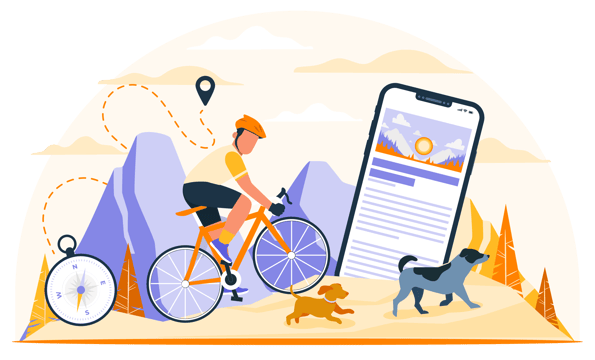
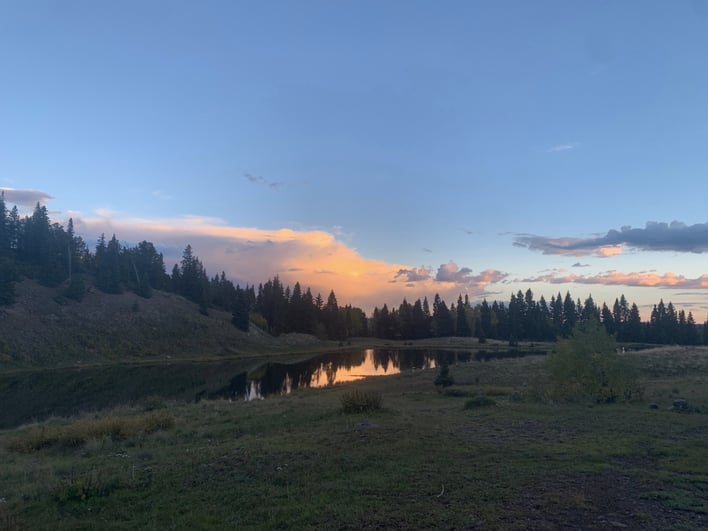

How to Start Creating Content On the Go
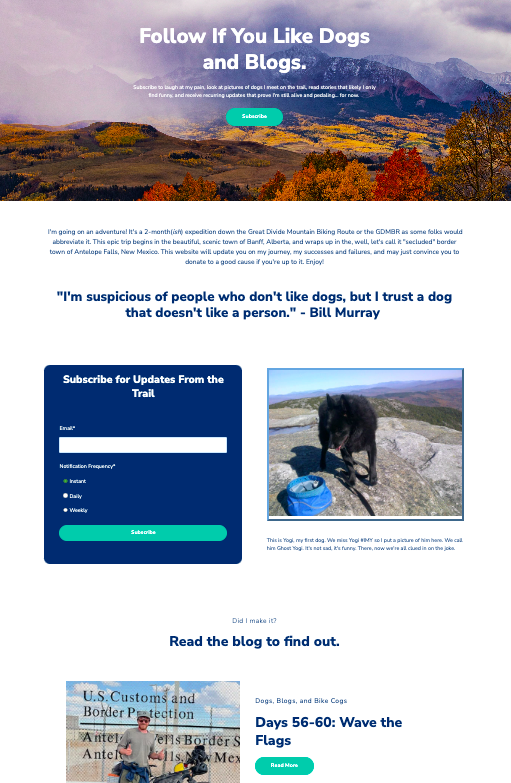
5 Tips for Producing Content On the Go
1. You can produce content literally anywhere.
2. People still read personal blogs.
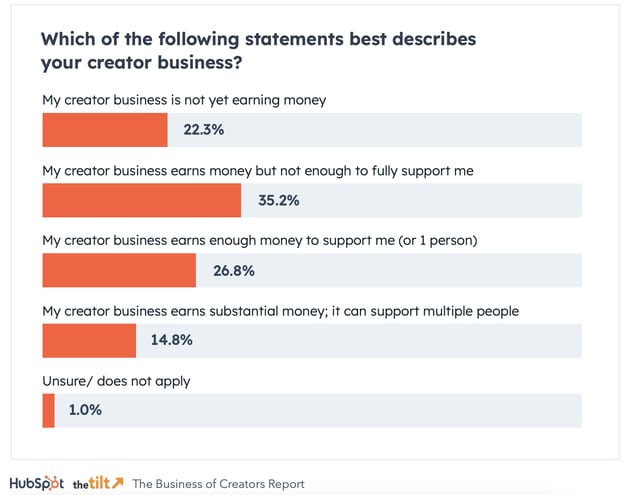
3. Anyone can be a content creator.
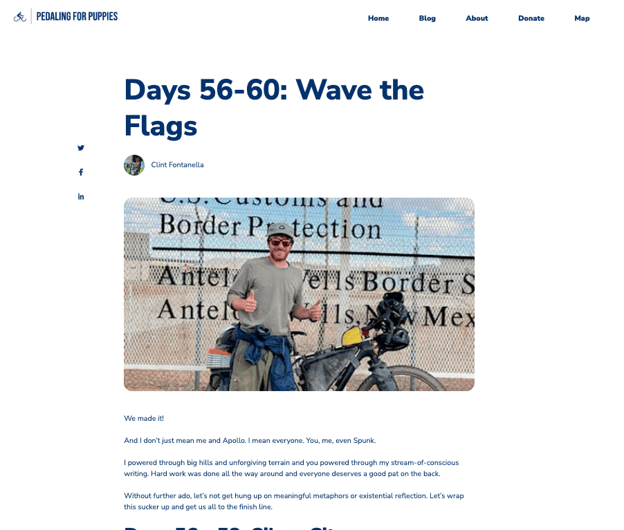
4. Content creators are everywhere.
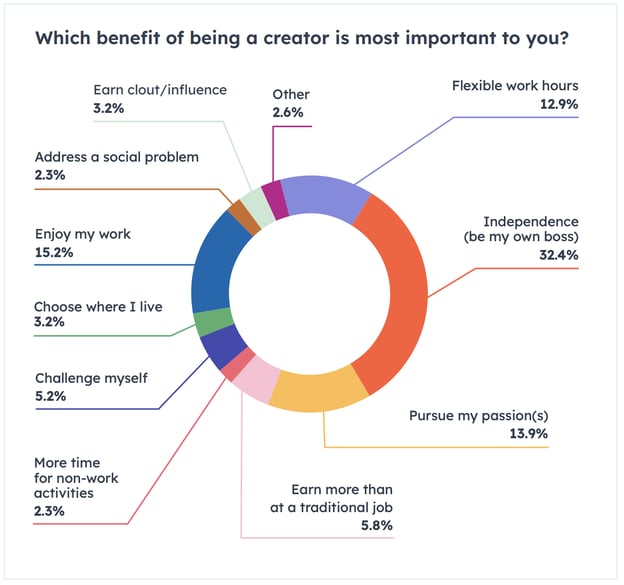
5. Remember, it’s just a blog.
Bonus: Dog content always sells.


 Tfoso
Tfoso 














